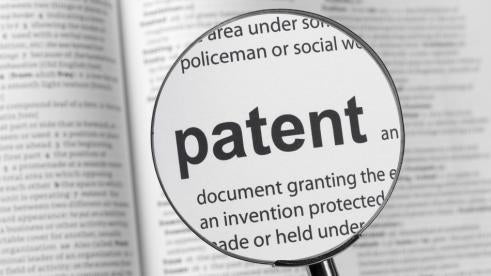The US Court of Appeals for the Federal Circuit rejected the manner in which the Patent Trial and Appeal Board (PTAB or Board) used a procedure for considering new evidence arising late in an inter partes review (IPR) trial. Ultratec, Inc. v. CaptionCall, LLC, Case Nos. 2016-1706; -1707; -1710; -1712; -1708; -1709; -1715; -1713; -2366 (Fed. Cir., Aug. 28, 2017) (Moore, J). In a set of nine IPRs where the PTAB found the challenged claims in seven patents anticipated and/or obvious, the Federal Circuit vacated all nine decisions because the PTAB failed to consider “material evidence” and failed to “explain its decision to exclude the evidence.”
In this set of IPRs, the US Patent and Trademark Office proceedings were conducted parallel to the co-pending district court litigation. The petitioner’s testifying expert in district court also submitted declarations in support of petitioner’s IPRs. The trial in district court occurred first, where cross-examination of the expert elicited testimony that the patent owner believed was directly contrary to the expert’s declarations in the IPR. Because briefing in the IPR had concluded and the oral hearing was scheduled to commence a few weeks later, the patent owner sought leave to file a motion to submit the new evidence elicited in the district court.
Under the applicable PTAB regulations, the proponent of new evidence must first seek authorization from the PTAB to file a motion to submit it. The motion must then show (1) why the supplemental evidence could not have been obtained earlier and (2) that its consideration would be in the interests of justice. On a conference call with the parties, the PTAB denied the request to file such a motion, without ever allowing the patent owner to submit the allegedly contradictory testimony and without issuing an order explaining the reasons for its denial.
In its final written decision, the PTAB offered no explanation for the denial of the request. When the Petitioner filed a request for rehearing, the PTAB again denied the request and again provided no explanation. The patent owner appealed.
The Federal Circuit vacated and remanded the PTAB decisions, finding that the supplemental evidence clearly met both prongs of the PTAB’s regulations. First, the evidence was indeed “new” and previously unavailable, because the allegedly contrary district court trial testimony did not exist until after the IPR discovery period had closed. This type of evidence was exactly what the rules contemplated with respect to supplementation.
As to the interests-of-justice prong, the Federal Circuit found that any reasonable fact finder would have wanted to review the allegedly contrary testimony. This was particularly true in this case, where the PTAB’s final decision relied heavily on citations to the expert’s testimony and explicitly credited the petitioner’s expert over the patent owner’s.
The Federal Circuit ultimately faulted the PTAB’s procedure because it prevented the patent owner from ever submitting the new evidence for the PTAB’s review. Without allowing the testimony, the PTAB lacked the information necessary to make a reasoned determination on whether to exclude the evidence. Further, without providing a written opinion, the PTAB did not articulate the explanation necessary under the Administrative Procedures Act to ensure a rational connection between the facts and the decision made, while also allowing for meaningful appellate review.



 />i
/>i

